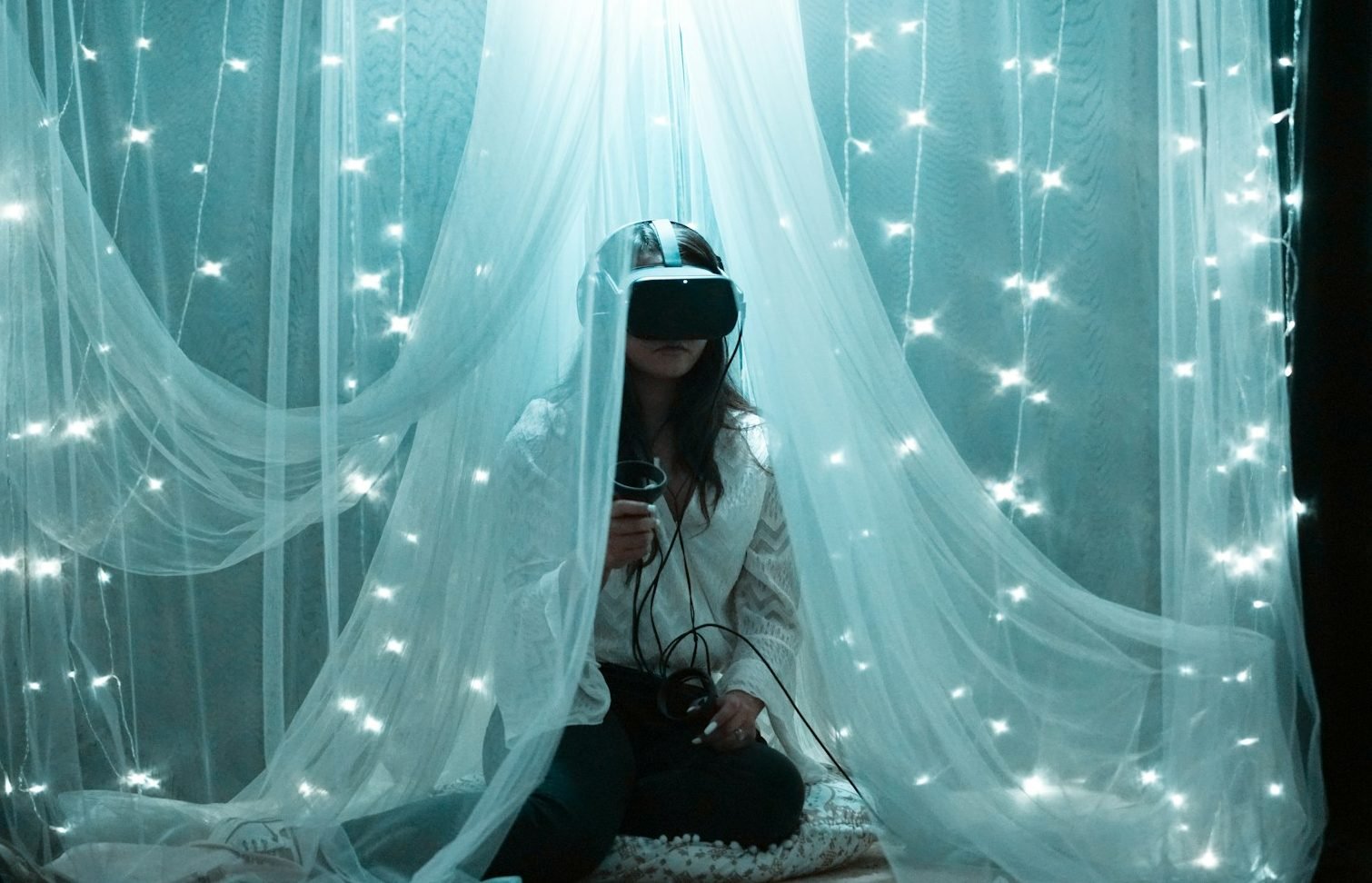
Sometimes, it’s helpful to take a approach grounded and ask ourselves what we ought to be focusing on now, in order to turn future-focused strategies around new technologies such as AR, VR, and AI into a reality.
Campaign Middle East has been talking to leaders with decades of experience across creative and digital marketing and brand-building – and here’s a quick synopsis of their thoughts.
What people are talking about: Far too many articles, opinions, surveys, and anecdotal case studies are floating around about the potential benefits of integrating AR, VR, and AI into brand building and marketing efforts.
What people ought to be talking about: Not enough has been shared about how brands and agencies are currently leveraging these technologies, the varying stages of adoption, the barriers to adoption, and whether these technologies are even living up to their billing.
In a nutshell, word on the ground is that AI currently offers the opportunity to make creative processes faster, more efficient, and to suggest strategies based on predictive analysis of preferences; VR is becoming a tool for those looking to engage better with targeted audiences already active on specific platforms; and AR is the go-between the real-world and virtual, creating avenues to personalise consumer interactions with product, pricing, and creatives.
Is the creative industry even focusing on AR and VR?
While the group of experts all agreed on the tangible impact of AI on creative workflows, they shared varying opinions with Campaign Middle East about AR and VR, with quotes ranging from “AR and VR are not really a thing right now” to “we may have a long road ahead” to “many agencies are still in the exploration phase” and on to “agencies that have adopted AR, and VR wholeheartedly have seen substantial growth”.
The question we raise then is: Is AI solving real human problems, while AR and VR aren’t?
Rita Harbie, Senior Creative Director, Saatchi & Saatchi, said, “I feel like AR and VR are not really a thing right now. Look at what happened to Apple Vision – it became the biggest tech failure in recent history because it was not designed around current human needs. Do people really want to have a heavy computer attached to their faces several hours a day? In that sense, the creative industry is playing catch-up because it’s not focusing too much on AR or VR – and fewer investments are being made in the AI/VR industry right now.”
She added, “With AI, however, we’re seeing a lot of campaigns that are powered by AI – and that immediately adds a lot of “ingenuity” and helps get the judges’ attention in award shows – if it’s used in an inventive, purposeful way. A lot of the Cannes Lions big winners were innovations that were powered by AI – like ‘Voice to Diabetes’ used AI and machine learning to detect subtle vocal changes that are imperceptible to the human ear and diagnose Type 2 Diabetes.”
Marketing experts still “exploring the potential” of new tech
That said, there is still a lot of positive fervour building within the creative industry for new technologies.
Ramy El Sakka, Chief Creative Officer, BPG UAE, said: “I remember the excitement the creative industry had back in the day when photoshop advanced from being able to work on only one layer with just one undo to being able to work on multiple layers and clicking undo several times. Tech advancements are a major win to the creative industry, and it is already helping us do more for our clients and our ideas.”
Although El Sakka advised muted expectations, stating that adoption is unlikely to be instant, he remained upbeat about the industry’s move towards tech innovation.
“With a new digital tool being released nearly every day, it takes a bit of time to get used to them and know exactly how to benefit from them. With enough time, proficiency is inevitable. Agencies and clients are already creating departments specialising in AI within their offices, and that is a very promising indication that these digital tools will become our day-to-day tools,” he said.
Rony Skaf, Executive Digital Director at TBWA\RAAD, echoed these thoughts, “Yes, the creative industry is indeed in a race to integrate AR, VR, and AI, but I wouldn’t say it’s playing catch-up; it’s more of an adaptive process, with many agencies still in the exploration phase. These technologies are rapidly evolving and becoming essential for agencies to deliver experiences that uplift their brands. While some agencies have seamlessly embraced them, others are still exploring their full potential.”
Flipping the script
Matt Butterworth, Regional Managing Director, MullenLowe MENA, took this a bit further by flipping the script. He added that maybe it’s not creative experts that have catching up to do but AI that needs to catch up, instead.
Commenting on some of the key takeaways from a four-day intensive and hands-on AI workshop conducted across MCN agencies as part of a broader MCN Academy programme, Butterworth said, “It was clear that the tools have a long way to go before replacing the creative or planner. There are still a lot of cliché datasets that, in particular, AI gives. You have to make it work really hard, from writing an email response to image generation. But by understanding its limitations, very quickly, it’s clear that while we are keeping pace with technology, AI arguably has a lot of catching up to do with the creative industries.”
“Technology has always been and will continue to be an enabler for better ideas. However, it’s the human touch, the emotion, and the inquisitive mindset that truly bring these ideas to life,” he added.
Clearly, the question is no longer “whether” creatives across brand and agencies should engage with the latest technologies in their daily working lives, but rather “how” to do so. But this will mean crossing the skills chasm.
The prime barrier to adoption still seems to be the lack of adequate knowledge and technical know-how to create human-AI collaborative pathways to success.
TBWA\RAAD’s Rony Skaf explained, “The big challenge agencies now face is that despite knowing the opportunities these tech offer, it is not easy to quickly adapt. Many agencies are still struggling to find talent with the right mix of creative and technical skills and have not yet incorporated these new talents into their structure.”
Skaf added, “The way the gap is being bridged now is through collaboration with tech partners, investing in training programs, and fostering a culture of continuous learning, ensuring that creative teams are equipped to leverage these powerful technologies effectively. We have many partners across the collective who support us in ideating and executing these tech-driven ideas and projects. This approach works for us but might not for other agencies. It’s more of a test-and-learn process to identify the best way, whether it’s working with tech partners, building their own tech team, or recruiting tech creatives.”
Once again, the goal and the benefits are quite clear for all to see.
“The ongoing shift towards embracing AI, AR, VR, and MR is transforming the industry, empowering teams to craft more compelling, immersive, and effective campaigns. By continuing to view these tools as enablers rather than obstacles, the creative industry can unlock new levels of innovation and success,” said Yohan Wadia, Creative and Innovation Lead at Wavemaker MENA, part of GroupM.
“The future is exciting as more creative professionals become proficient with these technologies. Agencies that have adopted AI, AR, and VR wholeheartedly have seen substantial growth. They have developed strategies that seamlessly integrate these tools, enhancing brand value and creating cutting-edge campaigns. These forward-thinking teams have set themselves apart by using technology as a catalyst for innovation,” Wadia concluded.









